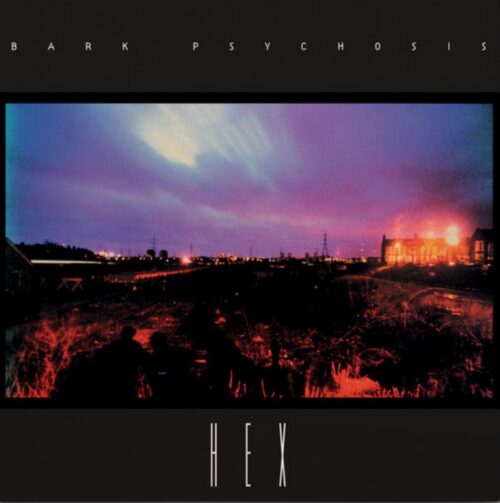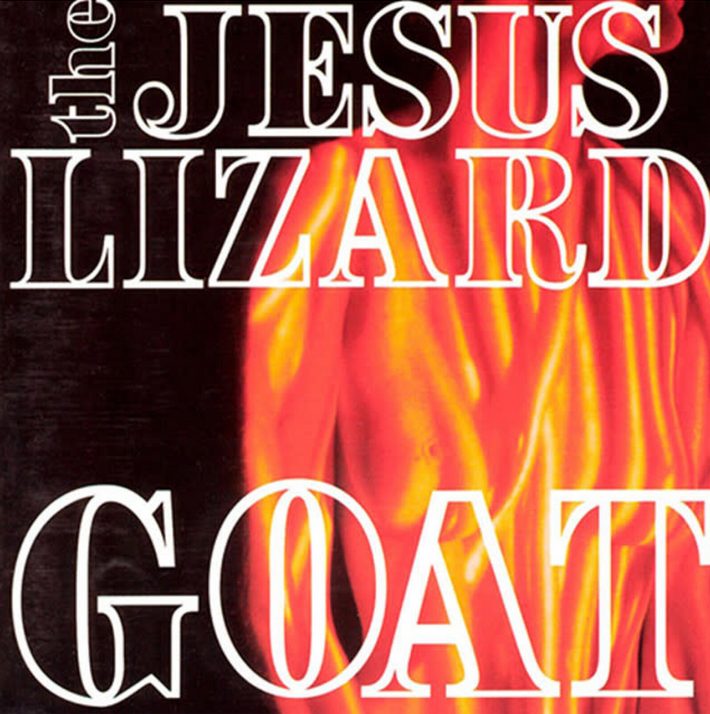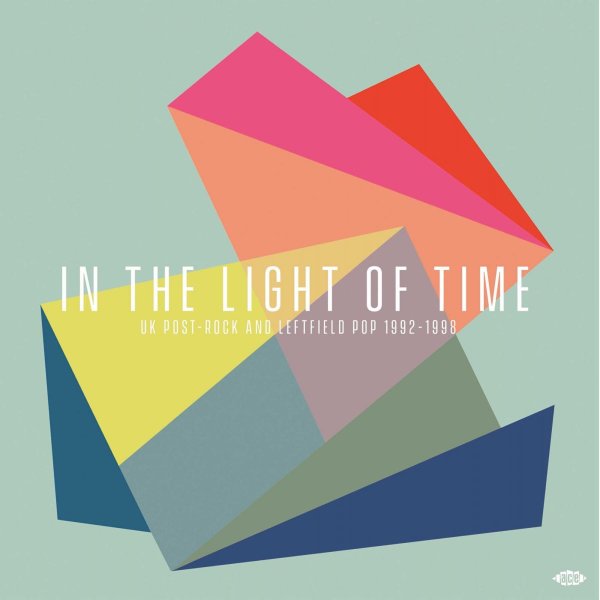Hex
Label: Fire Archive
Genre: Experimental, Highlights, Indie Rock
$52.99
Out of stock
Audiopile Review: The post-rock genre has three distinct phases. First, electronically enhanced 90s UK indie groups like Disco Inferno. Second, more cerebral instrumental groups from the US, like Tortoise. And more recently, epically atmospheric groups in the Godspeed You! Black Emperor mould. If one band effortlessly bridges all three phases, it’s Bark Psychosis. The band emerged from the same wastelands of far-east London as Disco Inferno (the two even kinda shared a keyboard player). Starting off as a teenaged Napalm Death covers band, Graham Sutton and his schoolmates gradually formed this primal noise into a jazzy atmosphere redolent of late period Talk Talk. Their 1994 debut album ‘Hex’ is rightly considered one of the highpoints of early UK post-rock. It encompasses the fiery experimentalism of the UKPR scene, as well as the sophisticated ensemble playing of the then-emerging US scene. And it will certainly appeal to fans of post-rock as we know it today. It even fits right in with the current enthusiasm for melancholy dreampop and slowcore. If ‘Absent Friend’ does not melt your heart, probably nothing ever will. Despite being released on a major label, this masterpiece failed to find an audience and Bark Psychosis soon dissolved. Sutton returned a full decade after ‘Hex’ was released, bearing a follow-up LP. ‘Codename: Dustsucker’ is grittier and more eclectic than ‘Hex’, but it is every bit as well-realized and emotive. Both these albums are lost classics that just so happen to be perfectly suited for reflective autumn listening.
The recent release of Jeanette Leech’s book ‘Fearless: The Making Of Post-Rock’ (Jawbone Press) celebrates post-rock and its origins. Finding new inspiration, bands were beginning to experiment with techniques as the digital age took over.
A case study in her new book, Bark Psychosis were one of the most innovative bands of their time and as legend has it, saw the first use of the term ‘post-rock’ by music critic Simon Reynolds.
Following several singles and EPs, the avant-garde soundscapes built around drones and samples of 21-minute stand-out track ‘Scum’ arrived just two years before their seminal debut ‘Hex’ (1994). Frustrated by the mainstream, ‘Scum’ was a huge statement that set them apart from the beginning.
Bark Psychosis’ sound was born out of their improvisations at makeshift studio within St John’s Church in Stratford. Taking a year to complete ‘Hex’ left the band on the brink of collapse and by the time of its release they had dissolved.
Hailed as a masterpiece, it’s “mysterious, haunting, and breathtakingly visionary” (Allmusic). Breaking down their songs and rebuilding them in the studio brought distinguishing ambient soundscapes and an atmospheric experimental sound. Last year Fact Magazine deservedly gave the album further recognition with it claiming top spot in their ’30 Best Post-Rock Albums Of All Time’.
Following ‘Hex’ and the disintegration of the band, Graham Sutton went on to create seminal Drum ‘n’ Bass as Boymerang and hugely acclaimed production work for the likes of These New Puritans, British Sea Power, Silver Apples, Jarvis Cocker and East India Youth. He revived Bark Psychosis at the turn of the millennium, eventually releasing another album, the equally extraordinary ‘///Codename: Dustsucker’





